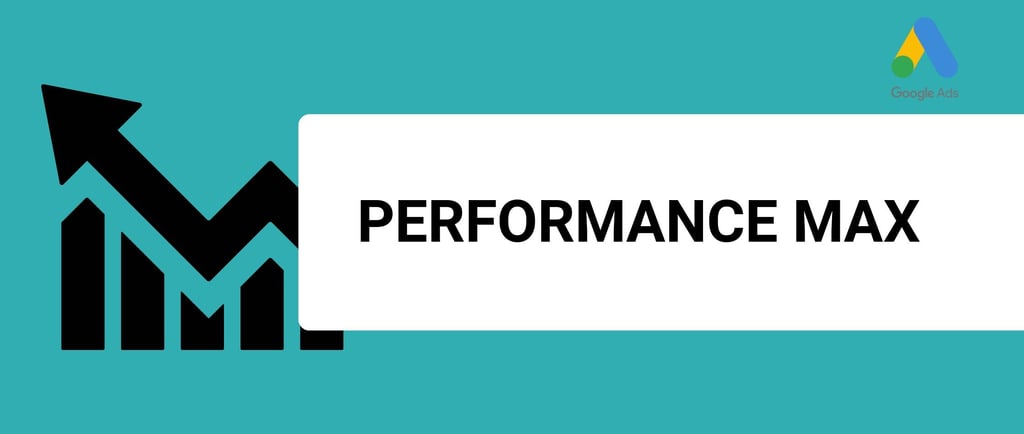Boost Results with Google Performance Max Campaigns: A Step-by-Step Optimization Guide
Discover how to optimize Performance Max campaigns with a comprehensive system. Learn strategies for improving targeting, bidding, and ad assets to maximize ROI.
CAMPAIGN OPTIMIZATION
10/19/20244 min read


Performance Max campaigns are one of Google Ads' most versatile and automated campaign types. They allow you to run ads across all Google channels—Search, Display, YouTube, Discover, and more—while leveraging machine learning to optimize performance.
But even with automation, success with Performance Max requires ongoing attention and strategic tweaks. In this guide, we'll break down a complete system based on key insights to help you maximize ROI from your Performance Max campaigns.
1. Regular Spending & Segmentation Reviews
A core component of optimizing Performance Max campaigns is continuously reviewing spend and segmentation. Conduct reviews every 72 hours, weekly, and monthly to identify where budget adjustments are necessary. Scale campaigns with good conversion metrics and low search impression share (under 65%). If certain campaigns underperform, showing high CPA or low ROAS, take note and further optimize.
Additionally, evaluate individual asset groups within the campaign. If asset groups are performing well but receiving limited spend, consider moving them into separate campaigns for better control. This segmentation is essential for improving your campaign's overall effectiveness.
2. Search Themes & Targeting Adjustments
The key to effective targeting in Performance Max campaigns is leveraging search themes and keyword insights. Start by reviewing the Search Term Insights Report to understand what terms are driving clicks and conversions.
If brand names or competitor terms are unnecessarily draining your budget, add brand exclusions to avoid irrelevant clicks. As of Q4 2024, Performance Max will support negative keywords, allowing even more granular control. Also, monitor URL exclusions to ensure unrelated product or service pages are not being targeted.
3. Optimize by Location and Placement
Geotargeting plays a vital role in Performance Max campaigns. Review location-based performance and exclude non-performing regions or locations where conversions are low. If ads are appearing in unrelated apps or websites, use the Placement Report (Insights > Report Editor) to exclude those sources and refine targeting.
Optimizing your placements ensures that your ads appear only in relevant environments, driving more qualified traffic to your campaigns and improving overall ROAS.
4. Review Ad Assets & Replace Low-Performing Elements
A successful Performance Max campaign relies heavily on high-quality ad assets. Regularly review all elements within each asset group, including headlines, descriptions, images, and videos. Google provides performance ratings (such as “low”) for each asset—replace any low-performing assets with optimized versions to increase engagement and conversions.
Additionally, ensure all relevant ad extensions—such as sitelinks, callouts, and location extensions—are active. These extensions provide extra information and increase the visibility of your ads, making them more compelling.
5. Landing Page Optimization for Higher Conversions
Your landing page is just as important as your ads. Ensure that every landing page you direct traffic to offers price transparency, clear policies for returns and delivery, and credibility markers like customer reviews. Pages with slow load times can deter users, so use Google's PageSpeed Insights to ensure your pages load quickly and efficiently.
If certain landing pages have significantly lower conversion rates, it may be time to optimize or replace them. High-performing campaigns should always lead to pages that are optimized for user experience and conversion.
6. Implement Data-Driven Bidding Strategies
Optimizing your bidding strategy is critical for Performance Max campaigns. Once there’s enough conversion data (around 1 conversion per day over 30 days), you can begin using automated bidding strategies like Target CPA or Target ROAS. These strategies allow Google’s machine learning to automatically adjust your bids for maximum conversions or conversion value.
However, regularly monitor the performance of these bidding strategies. If you notice a drop in total conversions, reduced spending, or declining impressions, you may need to adjust your target CPA/ROAS to optimize performance.
7. Quality Control & Monitoring
Lastly, maintain quality control by regularly checking that all conversion actions are being tracked correctly. Ensure your budget and payment methods are functioning properly and review any notifications from Google Merchant Center (GMC) or your Google Ads account.
Additionally, watch for active "auto-apply" recommendations in the account. These suggestions can be useful but should be reviewed carefully to ensure they align with your campaign goals.
8. Maximizing Efficiency with Strategic Exclusions: Brand Terms and Existing Customers
Exclusions are a powerful tool in Performance Max campaigns to refine targeting and improve overall efficiency. By excluding brand terms, you prevent spending on searches from users already familiar with your brand, allowing you to focus on acquiring new customers. Additionally, excluding existing customers from your campaigns helps optimize your budget by targeting only new prospects.
This is particularly beneficial when combined with remarketing efforts, where your focus shifts to converting new leads and nurturing them through the funnel. By strategically applying exclusions like these, you can reduce wasted ad spend and improve campaign performance, ensuring your resources are directed towards growth opportunities.
That's Interesting: Key Insights from Optmyzr's Case Study
A recent case study released by Optmyzr, authored by Navah Hopkins, provides one of the most comprehensive analyses on Performance Max campaigns available. The study, which analyzed data from over 10,000 campaigns across various industries, offers both surprising and expected findings on how different campaign structures and strategies impact performance.
One key takeaway is that Performance Max campaigns perform significantly better when no other campaigns are run simultaneously in the same account. This setup allows Performance Max to capture all brand and remarketing traffic, leading to stronger results.
The study also found that campaigns with more than 61 conversions outperform others in terms of ROAS, reinforcing the importance of focusing on conversion volume for optimal success. Surprisingly, the analysis revealed that Performance Max is highly effective for lead generation—contradicting the common belief that it's best suited for e-commerce.
Additionally, the study highlights the negative impact of human bias, as using Search Themes and Audience Signals was associated with higher CPA and lower ROAS in many cases. This insight has led some advertisers to reconsider the use of these features in their campaign setups.
Conclusion
Mastering Performance Max campaigns requires a blend of automation and manual oversight. By regularly reviewing spending, optimizing ad assets, adjusting bidding strategies, and fine-tuning location and placement targeting, you can significantly boost the performance of your campaigns. Whether you're looking to scale your business or improve ad efficiency, implementing this system will help you maximize the ROI from your Performance Max campaigns.
If you're ready to enhance your campaigns but need expert guidance, contact us today for a personalized optimization plan!
CONTACTS
incomewithdigitalmarketing@gmail.com
BOOK WITH US
SERVICES
Google Ads Assisstance
Google Analytics Setup
Google My Business Management
